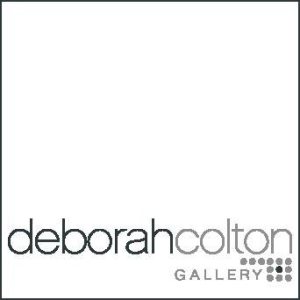treatment patient 2015, discount Oleg Dou” width = “321” height “42” > “9 tears”, 2015, Oleg Dou
Internationally acclaimed artist Oleg Dou was born in 1983 in Moscow and graduated from the Moscow State Institute of Steel and Alloys in 2006. Since then, he has worked as an artist in cooperation art institutions and curators around the world.
They were never meant to just be faces, and they were never meant to just be beautiful. That is the talent that consumes Russian artist Oleg Dou. When his work is completed, the viewer will either be intrigued or indifferent. Every single photo done by Oleg Dou is not a simple process for the average Adobe Photoshop user. There is meticulous effort into whom he chooses, and the editing that goes into the photos. He never falls short of perfection when bringing the imagery of his mind to life.
Oleg’s inspiration is drawn from a constant personal narrative. We believe that we rarely see him in his photos, but the truth is each and every photo is an extension of himself. When his work is viewed, he doesn’t want to tell you what it means. Each image can be something different to every person, there is no wrong answer and there is no right answer.
“Narcissus In Love”, 2015, Oleg Dou
Dou speaks about how on social media we can display a happy and bright appearance, but that’s all it ever really is, a fabrication of who we are. With Broken Mirror we are given the chance to discover more about what we represent and ourselves. We can see the brokenness that we all can carry everyday. It is a chance to see us stripped down, to our very naked self.
Oleg’s work is continuously inspired by this interest in human individuality and self-expression and the attempts to solve the problem of identity in our age. Visually intrigued by the culture of fashion and surrealists, his 2006 Naked Faces project was devoted to the relationship between a human’s inner self and his behavior in society and proposes that the expectations of society set the standards of behavior and thought in terms of what is appropriate and acceptable.
“Narcissus 2”, 2015, Oleg Dou.
These themes continue to be prevalent in his works today. Oleg Dou has won countless International awards and his art has been exhibited in many major institutions internationally including the Pingyao International Photography Festival (China), the Seoul Photo Festival (Korea), the FotoFestival Naarden (Netherlands) and the International Photography Awards. His works were featured twice at the Kandinsky Prize (2007 and 2008), the main contemporary art exhibition award in Moscow. He has also been featured in exhibitions in France, Belgium, Germany, Spain, Poland, Republic of Korea, China and Turkey. Oleg Dou was also rated number 3 under 30 world wide according to Art Market Insight, in their “30 under 30.. Up and Coming Photographers.”
Oleg Dou first exhibited at Deborah Colton Gallery during the 2012 FotoFest Biennial in Focus on Russia II and has also been featured by Deborah Colton Gallery at the Dallas Art Fair, the Houston Fine Art Fair and ArtAspen. This year Deborah Colton Gallery will debut his newest collection of works in a solo exhibition entitled, Broken Mirror. The exhibition will open in March 2016 and will be in conjunction with FotoFest Houston.
Broken Mirror will be on exhibit at the Deborah Colton Gallery now through April 23rd, 2016.
